Can you continue your legacy medical device in EU MDR without adequate clinical data?
- Posted On- 18 Sep 2021
Implementation of MEDDEV 2.7-1 rev 4 and the transition from MDD to MDR has been a daunting task for manufacturers as the interpretation of the MDR standard is evolving since its release in 2016. There have been multiple challenges in understanding the EU MDR standard and its expectation on the clinical data requirements. The EC (European Commission) has listened to the concerns of the medical device industry and the MDCG (Medical Device Coordination Group) has released a new guideline to address the challenges.
In the new regulation, clinical evidence of a legacy medical device is required to be presented again to Notified Bodies. This article features the highlights in MDCG2020-6 and provide guidance for manufacturers preparing for the conformity assessment procedure, according to the MDR.
What constitutes a Legacy Medical Device or WET (Well Established Technology)?
Understanding the terms legacy medical device and WET (Well Established Technology) are critical to evaluation of benefit-risk and clinical evaluation conclusions. Legacy Medical Devices includes all devices previously CE marked under the European Medical Devices Directive 93/42/EEC (MDD) or Active Implantable Medical Devices Directive 90/385/EEC (AIMDD).
The common features of the devices which are defined as well-established technologies (WET) are that they all have:
- Relatively simple, common and stable designs with little evolution.
- Their generic device group which has well-known safety and has not been associated with safety issues in the past.
- Well-known clinical performance characteristics and their generic device group are standard of care devices where there is little evolution in indications and the state of the art.
- A long history on the market.
How to assess if the Clinical Evidence is Sufficient to evaluate your Legacy Device?
Sufficient Clinical Evidence” for legacy devices is considered the fundamental requirement when it comes to clinical evaluation. The definition of clinical evidence itself contains the word sufficient but it is related to the amount and quality of the clinical data and the clinical evaluation results which “allow a qualified assessment of whether the device is safe and achieves the intended clinical benefits when used as intended by the manufacturer”. Moreover, it is important to note that clinical evaluation is a process where this qualified assessment must be done on a continuous basis.
The MDR reinforces a number of important factors which are relevant to clinical evaluation. This includes:
- Consideration of available alternative treatment options
- Acceptability of the benefit-risk ratio
- “Clinical evidence” is introduced and the level of clinical evidence
- Pre-market and post-market clinical data
- Demonstration of Equivalence
A quick guide for Clinical evaluation of your legacy devices

Establish or update a clinical evaluation plan:
Manufacturers are required to document a clinical evaluation plan to meet the requirements of MDR Annex XIV Section 1a with:
- Identification of the relevant GSPRs
- Specification of the intended purpose, target groups, indications, contraindications
- Detailed description of intended clinical benefits with relevant and specified clinical outcome parameters
- Specification of qualitative and quantitative aspects of clinical safety and performance
Identify available clinical data:
It is important to identify all available sources of clinical data from both the pre-market and post-market phases for equivalent or similar devices.
Pre-market sources
- Clinical investigation reports of the device concerned
- Clinical investigation reports or other studies reported in scientific literature
- Reports published in peer reviewed scientific literature on other clinical experience of the device
- Other pre-market data, e.g., case reports on experience with the use of the device
Post-market sources
- PMS clinical data, complaint, and incident reports
- PMCF studies, including post-market clinical investigations
- Independent clinical studies conducted using the device
- Device registries and data retrieved from literature
Clinical data appraisal:
Clinical data sets should be evaluated in terms of their relative contribution to the overall clinical assessment. It is critical to assess the methodological quality of data to detect and evaluate the amount of evidence, bias, and other inherent flaws or other potential flaws.
New clinical data generation:
Legacy devices following the MEDDEV 2.12/2 guidance for PMCF should normally have collected data on the devices themselves in the post-market phase.
Clinical data analysis:
The aim of this stage is the determination if all clinical data collected and appraised, as described in previous stages, demonstrate together conformity with relevant GSPR. In order to determine the benefit-risk ratio, it is necessary to identify the benefits and risks associated with the device and the alternatives (if any).
Demonstration of compliance with the GSPR, relevant for the device must be based on:
- Usage of reliable, justified and sound analytical methods (where applicable qualitative, quantitative, or both).
- Results of performed comprehensive analysis.
- Identification of any missing data and/or gaps.
- Determination of PMCF needs.
Concerned about the gaps in your clinical data?
The aim of the new guidance is to explain how to generate sufficient clinical evidence to demonstrate conformity to the relevant general safety and performance requirements (GSPR) for “legacy devices”. The guidance states that sufficient clinical evidence should be understood as “the present result of the qualified assessment which has reached the conclusion that the device is safe and achieves the intended benefits.”
The legacy devices did not come under such high scrutiny in the past by their notified body, so the manufacturer might have identified some data gaps. Nevertheless, MDR does not intend to make a lot of medical devices obsolete that are currently approved and widely used, just because they might have some gaps in clinical data. This is the reason MDCG 2020-6 guidance is released. Now manufacturers can keep legacy devices on the market if they fulfil certain requirements.
Give this a read if you are still confused about the new regulations
The stringent development process of medical devices and the need to address new regulatory requirements to obtain Notified Body approval, is likely to make the transition a complicated and time-consuming process. Moreover, currently approved devices are not exempt from the requirements of the new regulation and will need to be re-evaluated and re-approved. We have experts to help manufacturers of currently approved devices to plan the steps towards MDR certification. Good preparation and early action will be key to ensuring a smooth transition to the new requirements and we are here to help you. Reach out if you would like us to perform a detailed gap assessment and carve your transition strategy way before the deadlines.
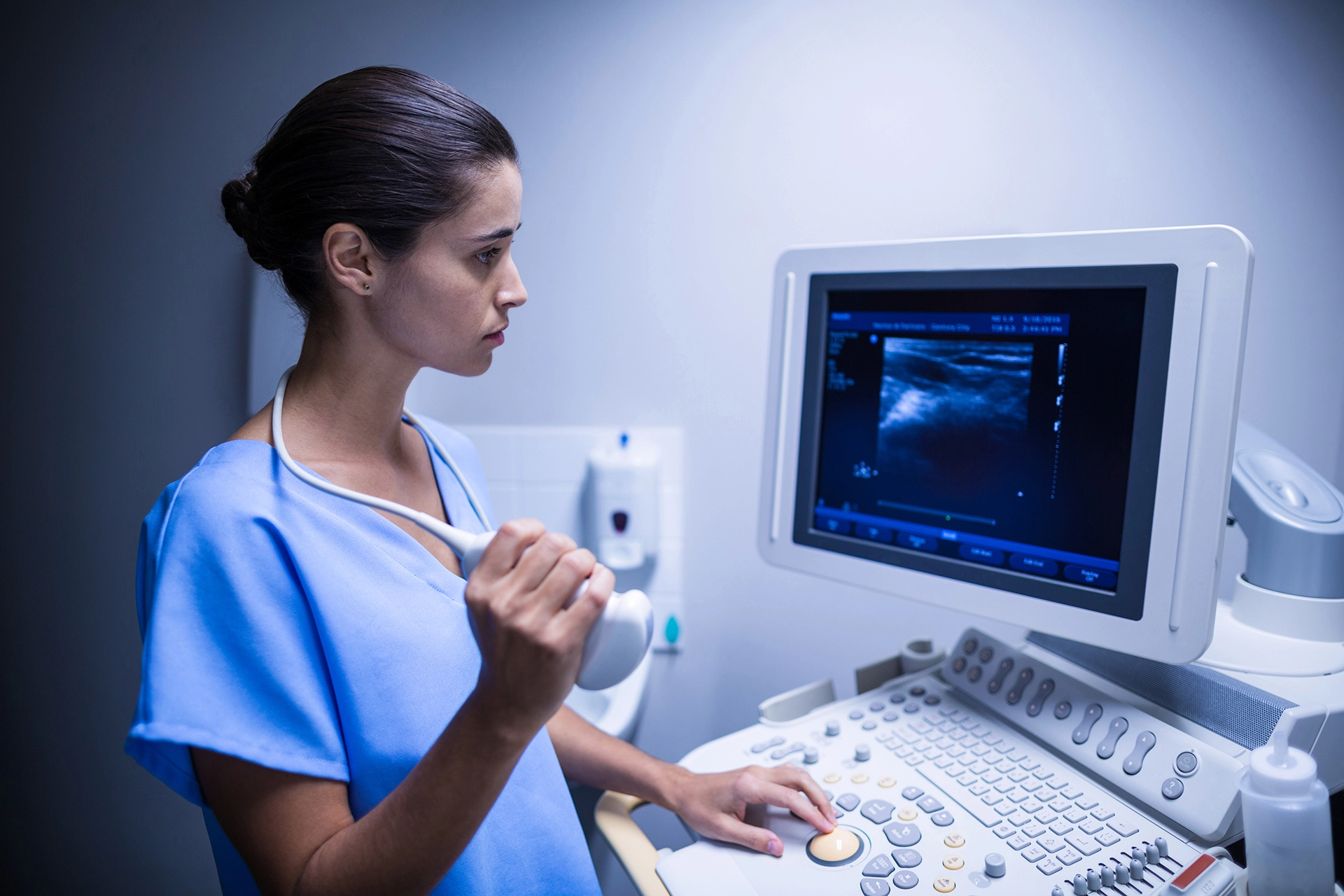

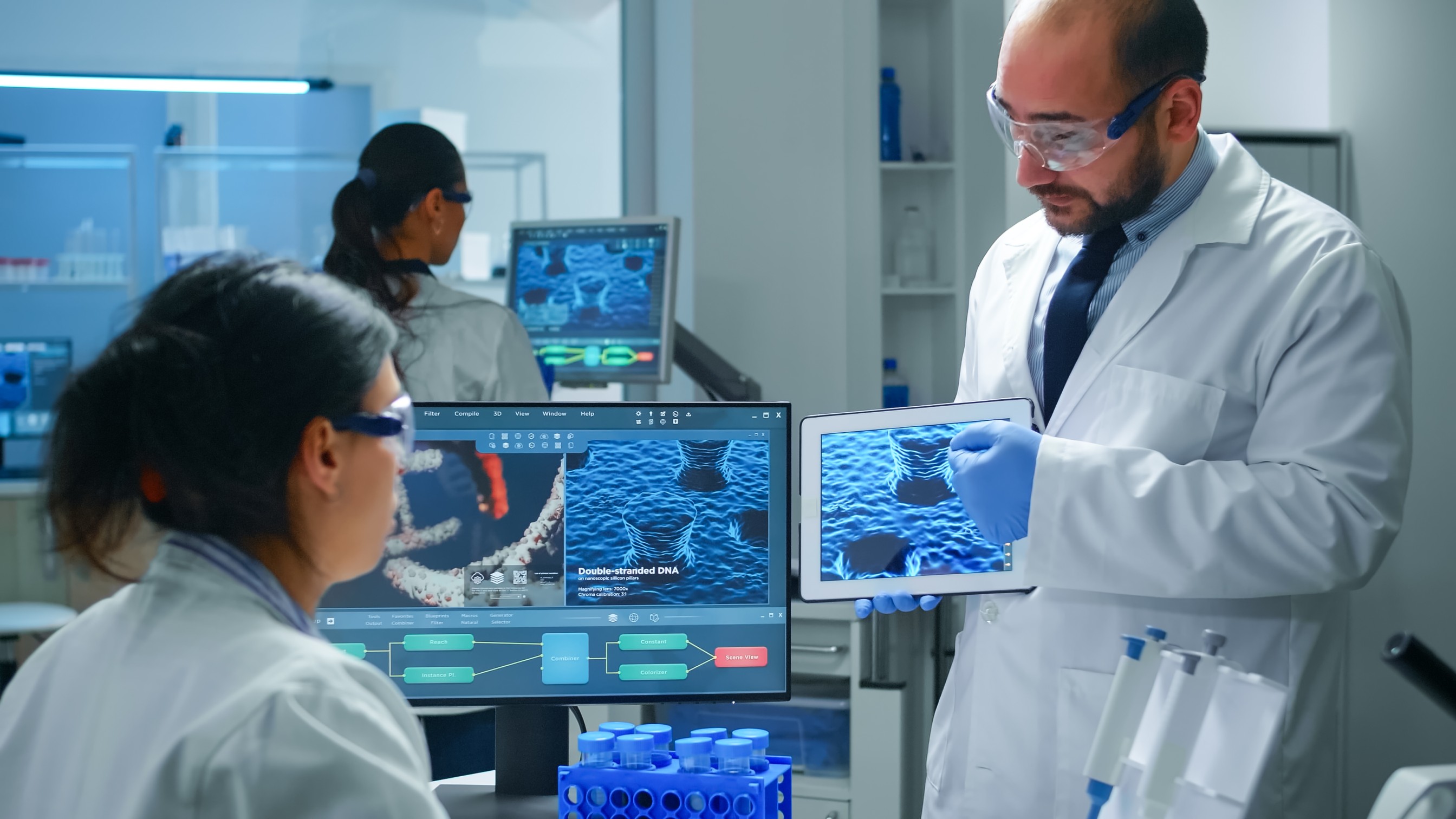




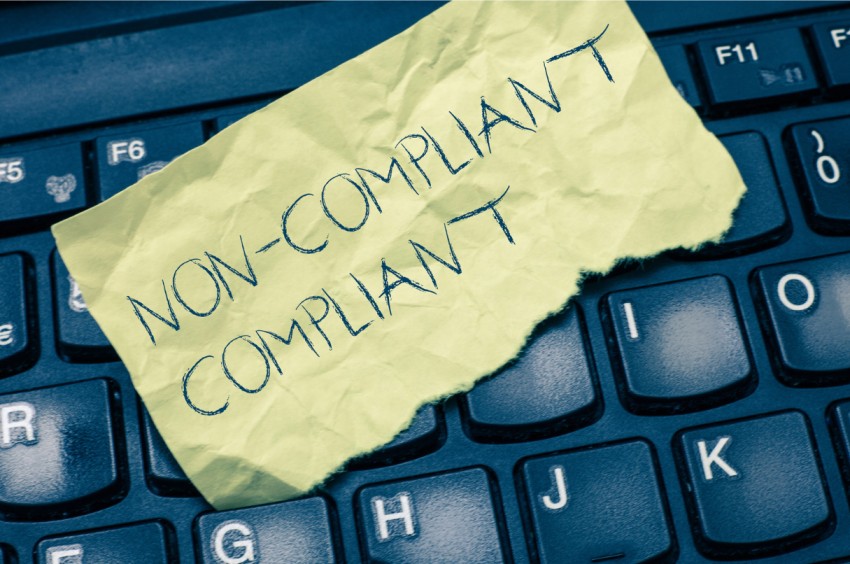


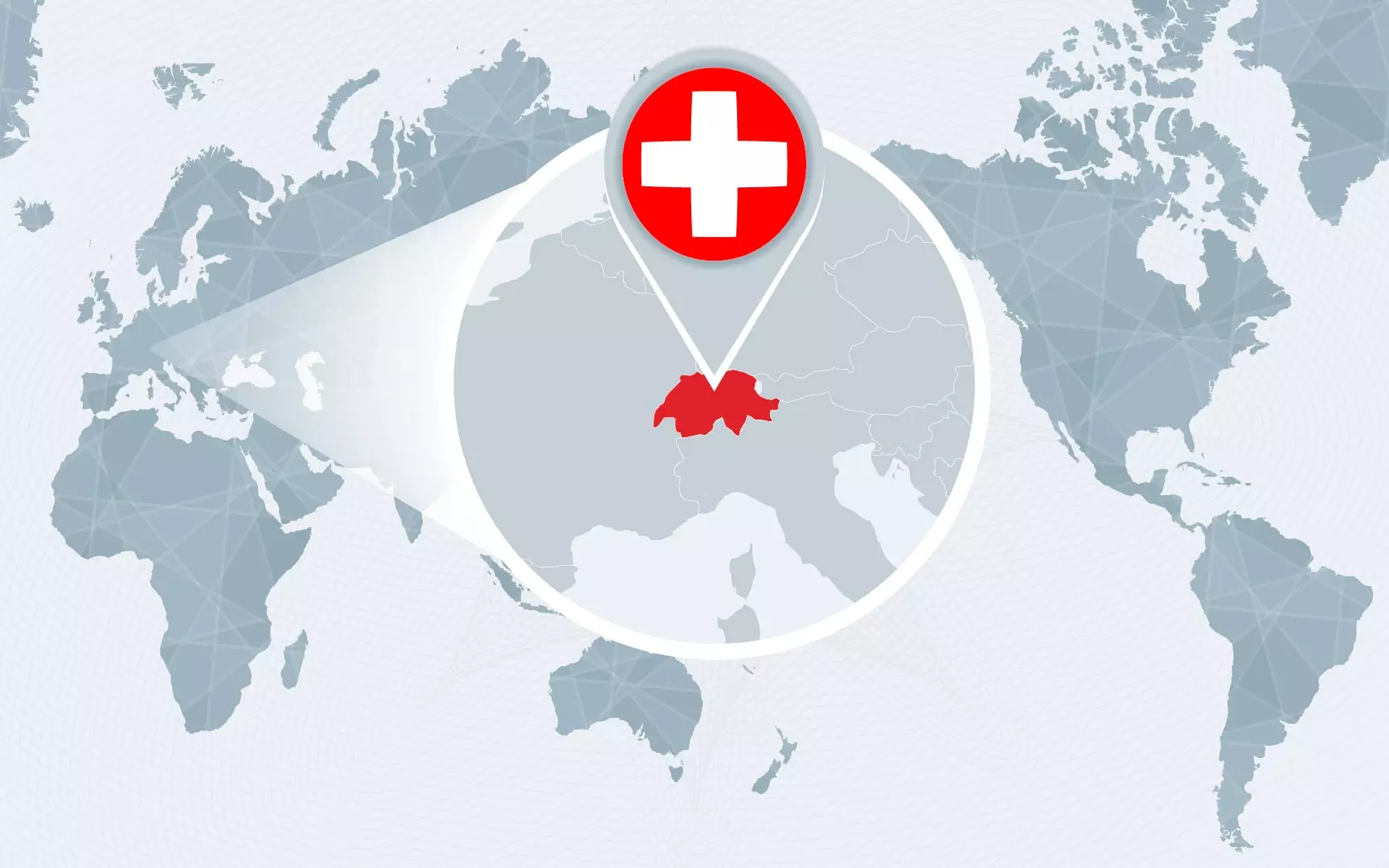
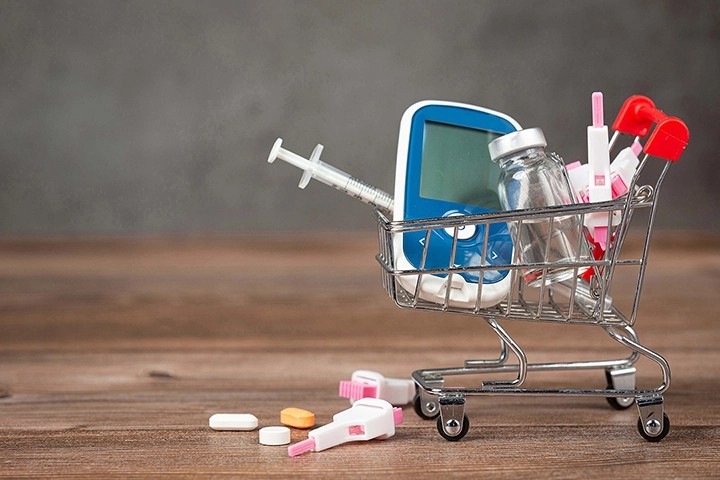

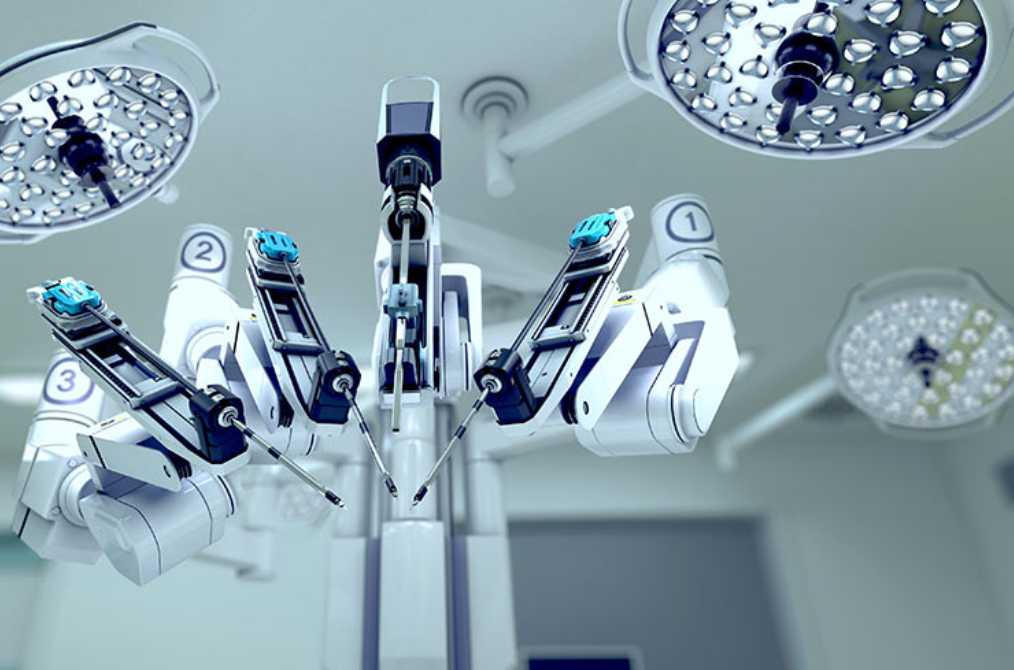

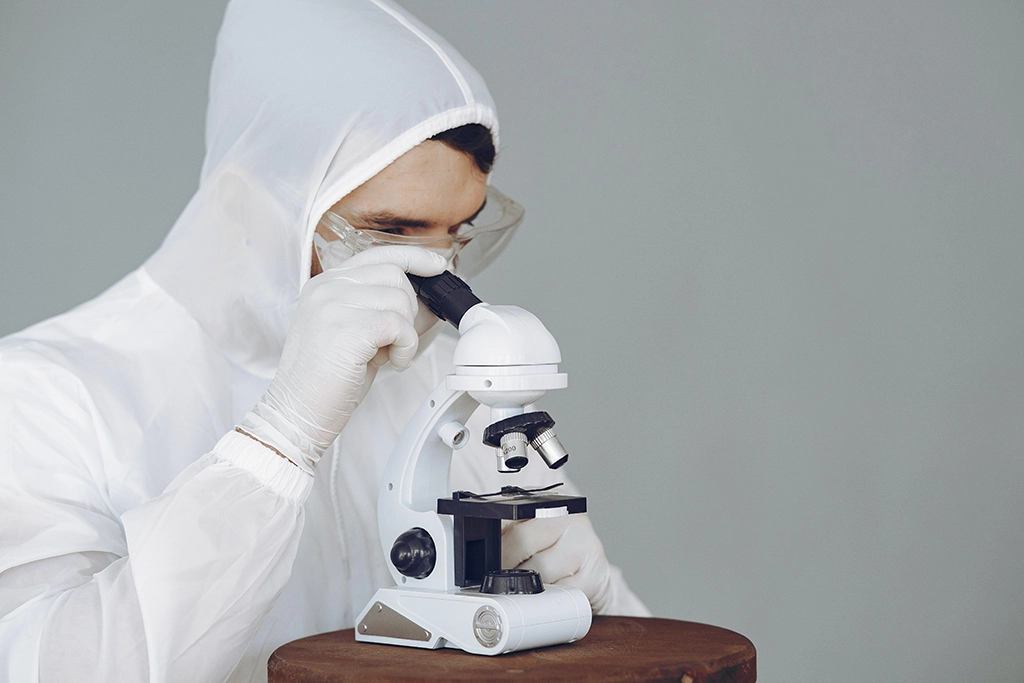
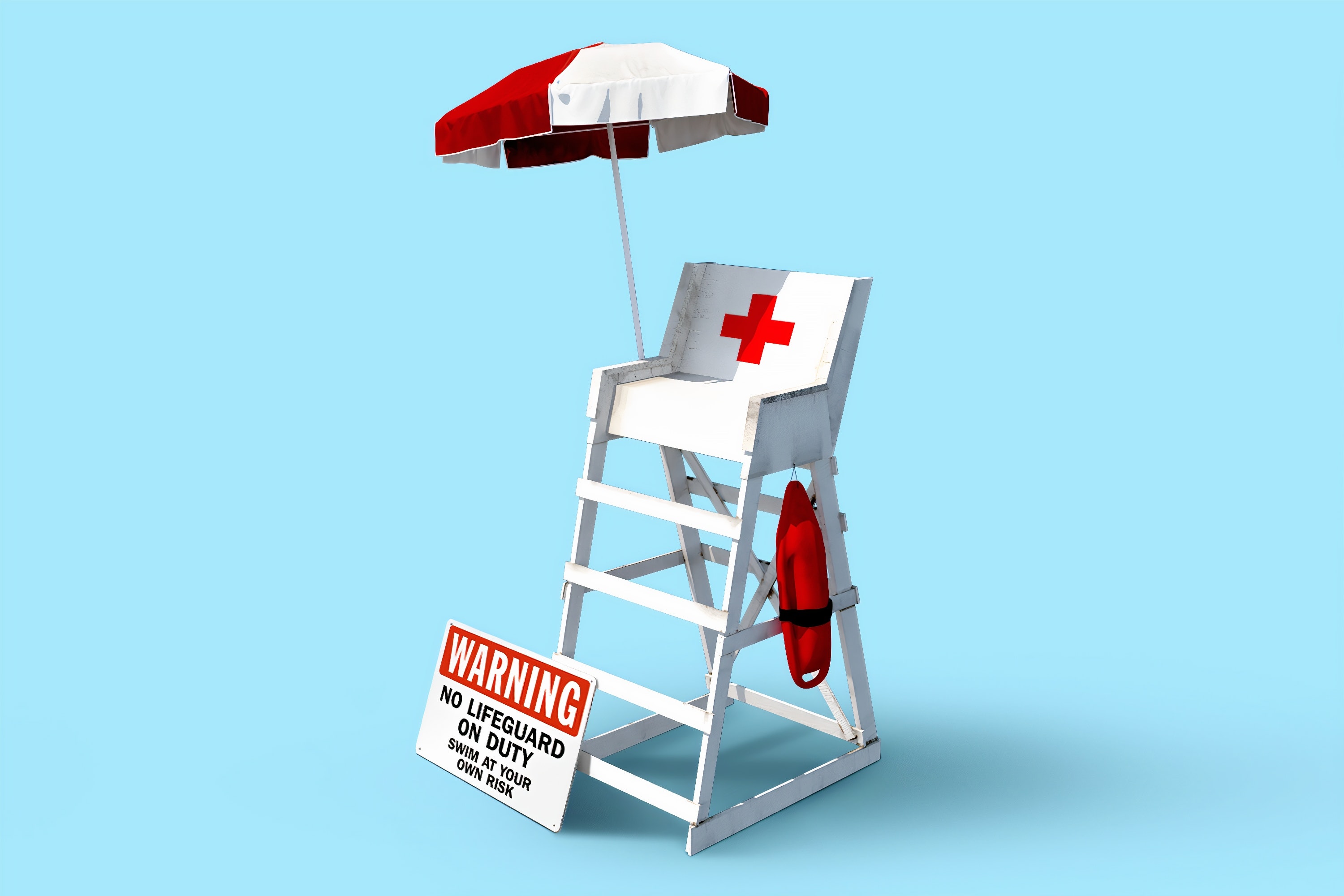



Comments